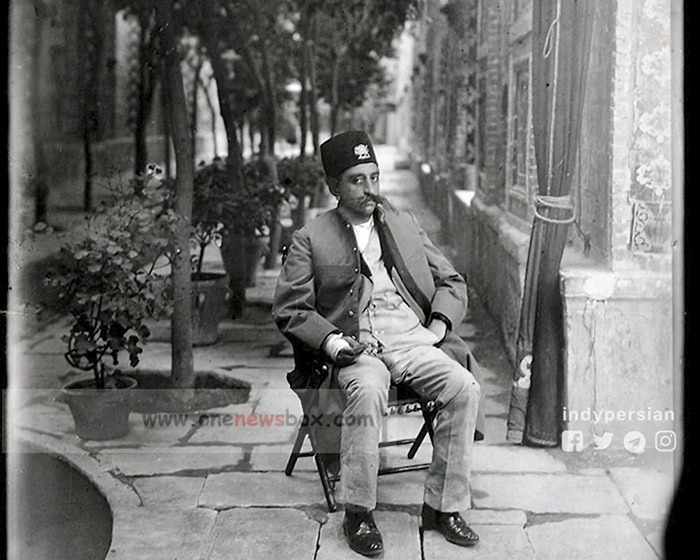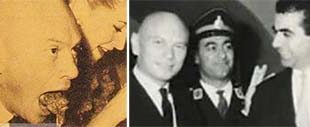The Qajar period saw a rapid expansion in Iran’s foreign trade, especially during the 19th century. Between 1800 and 1914, the total value of imports and exports rose from approximately £2.5 million to £20 million. This economic transformation was influenced by increasing interactions with European markets and the integration of Iran into the global trade network.
The Qajar dynasty originated from an Oghuz Turkic tribe in northeastern Iran, known as the Qajar tribe. They initially settled near Armenia, with Shah Abbas the Great relocating a group of them to Astarabad. The Qajar government was later established by the Qajars of Astarabad. As part of the Qizilbash Turkic tribes, the Qajars played a crucial role in the Safavid military. Following the Mongol invasion of Iran and Mesopotamia, the Qajars, along with other Turkmen and Tatar tribes, migrated to the Levant and Anatolia.
During the reign of Timur the Great, many Turkic tribes, including the Qajars, were captured and intended to be returned to Central Asia. However, due to the intervention of Khwaja Ali Siahpoosh, a Sufi associated with the Safavid Khanate, the Qajars were released, converted to Shiism, and became loyal to the Safavid dynasty. Over time, they became one of the key components of the Qizilbash army, which served as the backbone of the Safavid military.

